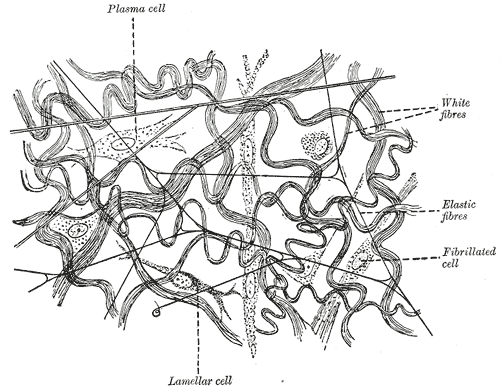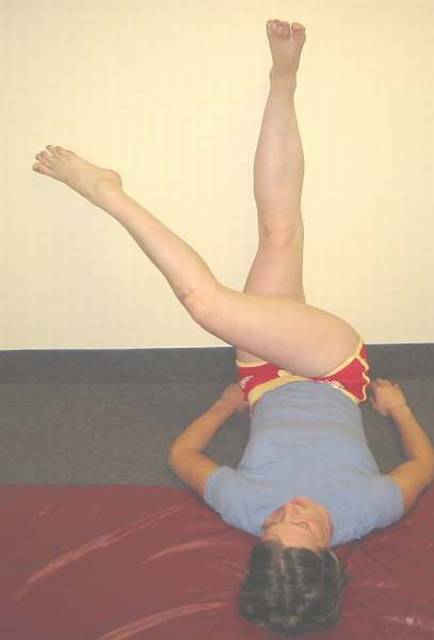Myosoma™ - Myofascial Release
Restricted fascia is a common contributing cause of seemingly tight and painful muscles, restricted joint mobility and a host of other problems due to tension or pressure on organs, nerves and vessels. Because adhesions and stress in fascia are not obvious on x-rays, CAT scans, MRI's nor with electromyography, physicians have difficulty diagnosing fascial restrictions. The goal of myofascial release is to release fascial restrictions and allow the layers to move freely, thus allowing the muscles to shorten as well as to lengthen, as they should in a healthy human body.
Myofascial release is now used by many massage and physical therapists, and exists in many different forms. Most clinical therapists use direct pressure methods, such as Rolfing®. Lighter or slower techniques, such as Bowen Technique, use more time to release the layers. Paul, with a background in sports massage and Trigger Point Therapy, trained under John Harris, David Dallmeyer, P.T. and Lamar Bush, and employs various techniques depending on the specifics of the client.

Surprisingly, a muscle may appear tight due to the opposing muscle being restricted from shortening by fascial adhesions, such as a restricted psoas mimicking tight gluteal muscles. Although massage that affects muscles also affects fascia, the effects of myofascial massage specifically may be more potent.[4] The nervous system's response to physical manipulation of the surface or underlying tissues of the body and decrease in restrictions also causes reflexive and other effects including:
- increased blood and lymph flow
- slowed heart rate
- slowed respiration
- increased immune response
- muscle tonus reduced
- pain reduction
- stress reduction
- general relaxation
 Fascia
covers all organs, including muscles, of the body, and has two types.
Superficial fascia
is fibroareolar tissue
and is found immediately beneath the integument over almost the entire
surface of the body. It contains fat, and connects the skin with the
deep fascia.
Deep fascia
is a dense, inelastic, parallel fibrous membrane, forming sheaths for
individual muscles (epimysium) and internal organs and structures, and
in some cases, such as intermuscular septa and tendons, affording them
broad surfaces for attachment to aponeuroses or periosteum (bone).
Examples are Tensor fasciæ latæ and Glutæus maximus in the thigh,
Palmaris longus in the hand and Biceps bracchii and Biceps femoris.
Targets of myofascial release include adhesions of superficial and deep
fascia, integument, tendons, ligaments, retinacula, aponeuroses, bursae,
bone, muscle and other organs.
Fascia
covers all organs, including muscles, of the body, and has two types.
Superficial fascia
is fibroareolar tissue
and is found immediately beneath the integument over almost the entire
surface of the body. It contains fat, and connects the skin with the
deep fascia.
Deep fascia
is a dense, inelastic, parallel fibrous membrane, forming sheaths for
individual muscles (epimysium) and internal organs and structures, and
in some cases, such as intermuscular septa and tendons, affording them
broad surfaces for attachment to aponeuroses or periosteum (bone).
Examples are Tensor fasciæ latæ and Glutæus maximus in the thigh,
Palmaris longus in the hand and Biceps bracchii and Biceps femoris.
Targets of myofascial release include adhesions of superficial and deep
fascia, integument, tendons, ligaments, retinacula, aponeuroses, bursae,
bone, muscle and other organs.
Myofascial Release separates the layers of fascia from one another and from muscle and periosteum, and it also increases the distance between the collagen fibers, allowing for increased hydration, nutrition and a decrease in capillary compression. Many people believe that lack of mobility is prima facie evidence of tight muscle strands. Trisoma believes that the muscle stretch reflex has an effect on the release of fascia. After myofascial release, many people, even highly mobile and flexible athletes, find that mobility may be improved by release of the fascia layers that can limit the extension and contraction of various muscles.

As with muscle contraction theories and muscles stretch theories, the exact mechanism for myofascial release is still disputed. Some theorize that there is a water bond or collagen bond between fascia layers. Some state that vibrational resonance or emotional unwinding affects consciousness and allows healing.[3] Paul analogizes Myofascial Release with pulling apart a chicken carcass, or pulling the body out of a shrimp tail. If one pulls with the proper force and technique for the situation, fascia and muscles (meat) will be separated; if one pulls fast or hard, unknown results can occur; if one pulls slowly, it might happen... or you might go hungry.
This modality is sometimes confused with Myofascial Pain Syndrome and Myofascial Trigger Point Therapy, which is a completely different modality. However most myofascial pain and dysfunction can be attributed to fascial restrictions and/ or trigger points, thus the two modalities of Myofascial Release and Trigger Point Therapy are usually effective, non-invasive options for relief of various types of myofascial pain, including fibromyositis, fibrositis and other conditions which are sometimes labeled idiopathic fibromyalgia syndrome due to inadequate or erroneous diagnoses. Other modalities by Trisoma, such as Deep Tissue and Proprioceptive Neuromuscular Facilitation (PNF) also help release fascia.
Self-help is possible with one's own hands, or tools such as Body Stick or foam rollers.
